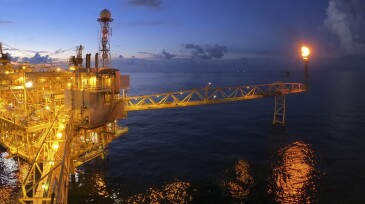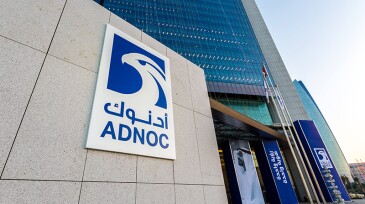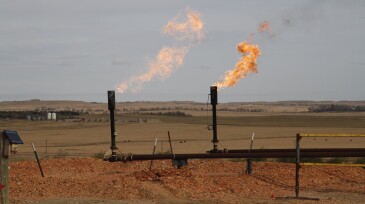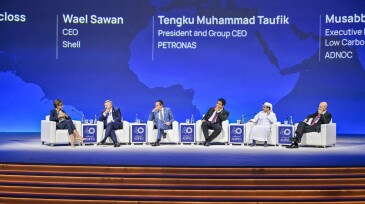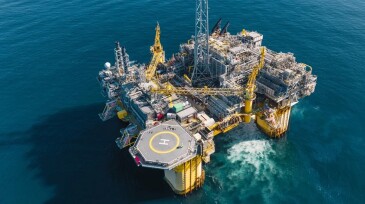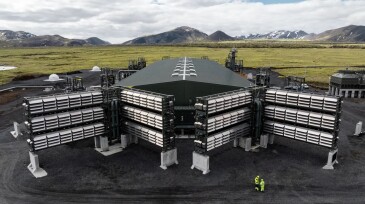decarbonization
-
The upstream oil and gas sector alone could cut as much as 4% of global greenhouse-gas emissions, according to a report from McKinsey. But this will take worldwide cooperation among industry players and capital investors.
-
DNV has certified the feasibility of ADNOC’s West Aquifer carbon dioxide storage site in the UAE, marking a significant milestone in the Middle East’s carbon capture and storage efforts.
-
As the initiative expands to include Oil India Limited, PetroChina, and Vår Energi, it identifies a need for standardized methodologies to enhance data quality and consistency.
-
Speaking at this year's ADIPEC, leaders from BP, Shell, Petronas, ADNOC, and Eni said the energy transition must become profitable and that AI will likely play a key role.
-
Collaboration and technology will help the industry meet its toughest challenges, experts said during the opening session at ATCE.
-
Chevron CEO Mike Wirth urges more optimistic and balanced conversations regarding the energy transition.
-
A recent report from the North Sea Transition Authority says the industry has delivered a 4% decrease in emissions in 2023, a fourth consecutive year of reductions, but warns operators not to be complacent.
-
The Permian’s produced-water challenge presents an opportunity for innovation to pave the way toward a more sustainable future for the industry.
-
An economic analysis of a wellbore methodology in natural gas fields that uses gasification of methane within the wellbore (not within the reservoir) for hydrogen production while incorporating simultaneous sequestration of carbon. This new methodology offers significant energy and cost savings in addition to zero carbon being produced to the surface.
-
The plant is designed for a capture capacity of up to 36,000 tons of CO₂ per year once in full swing by filtering CO₂ from the air and storing it permanently underground. The company is also developing multiple megaton hubs in the US.

